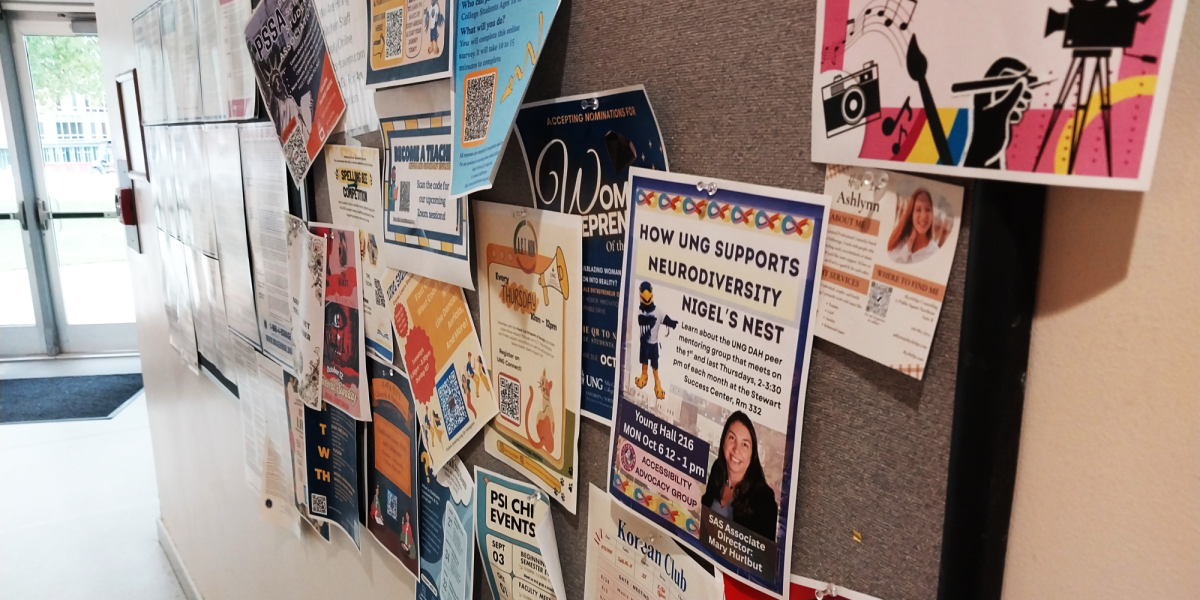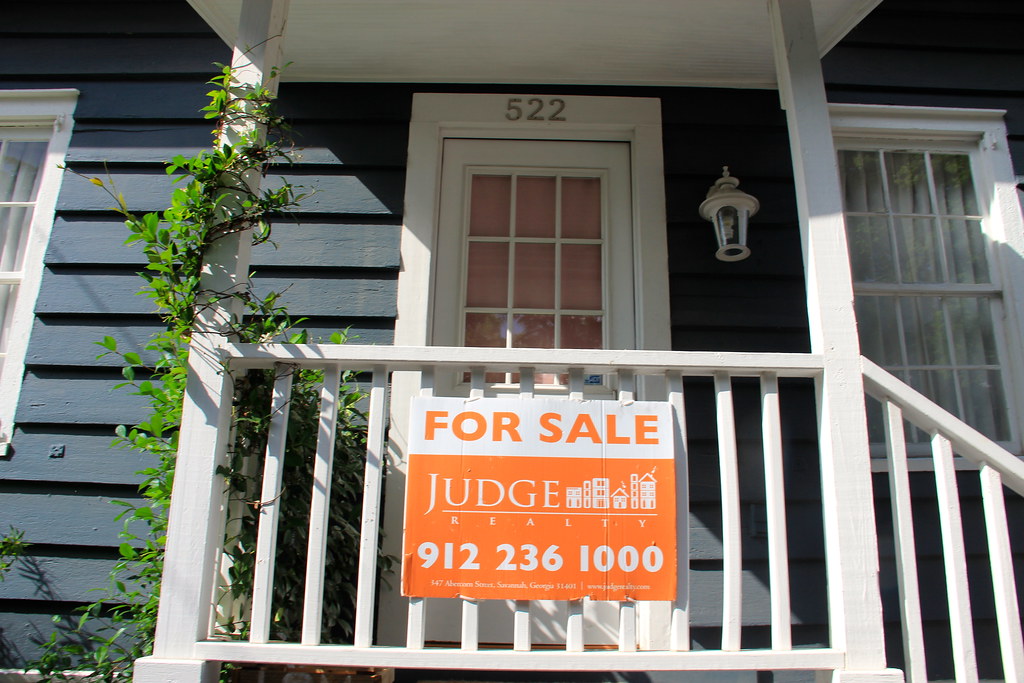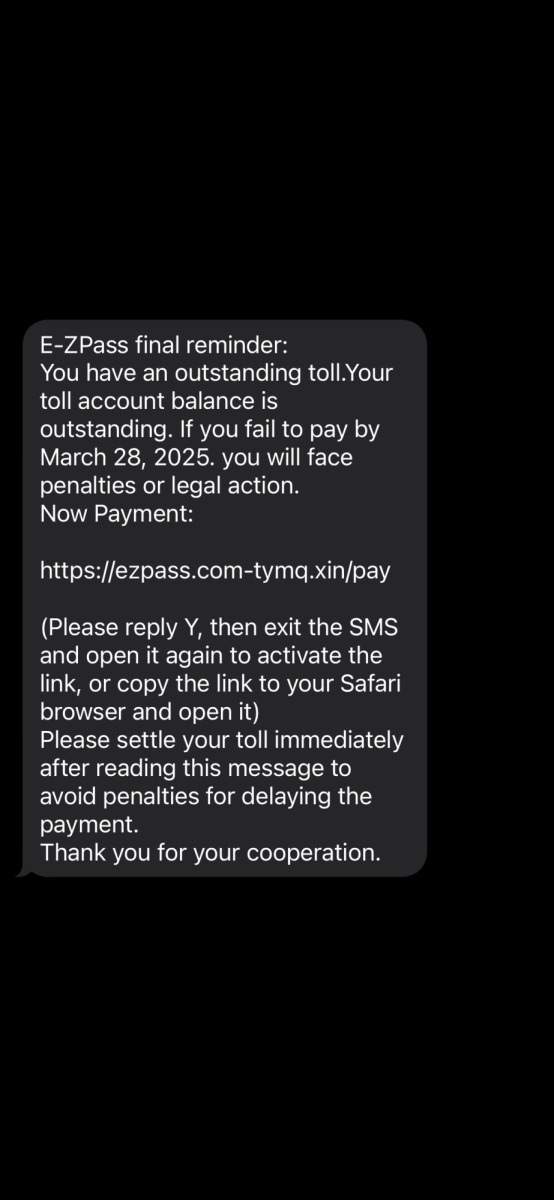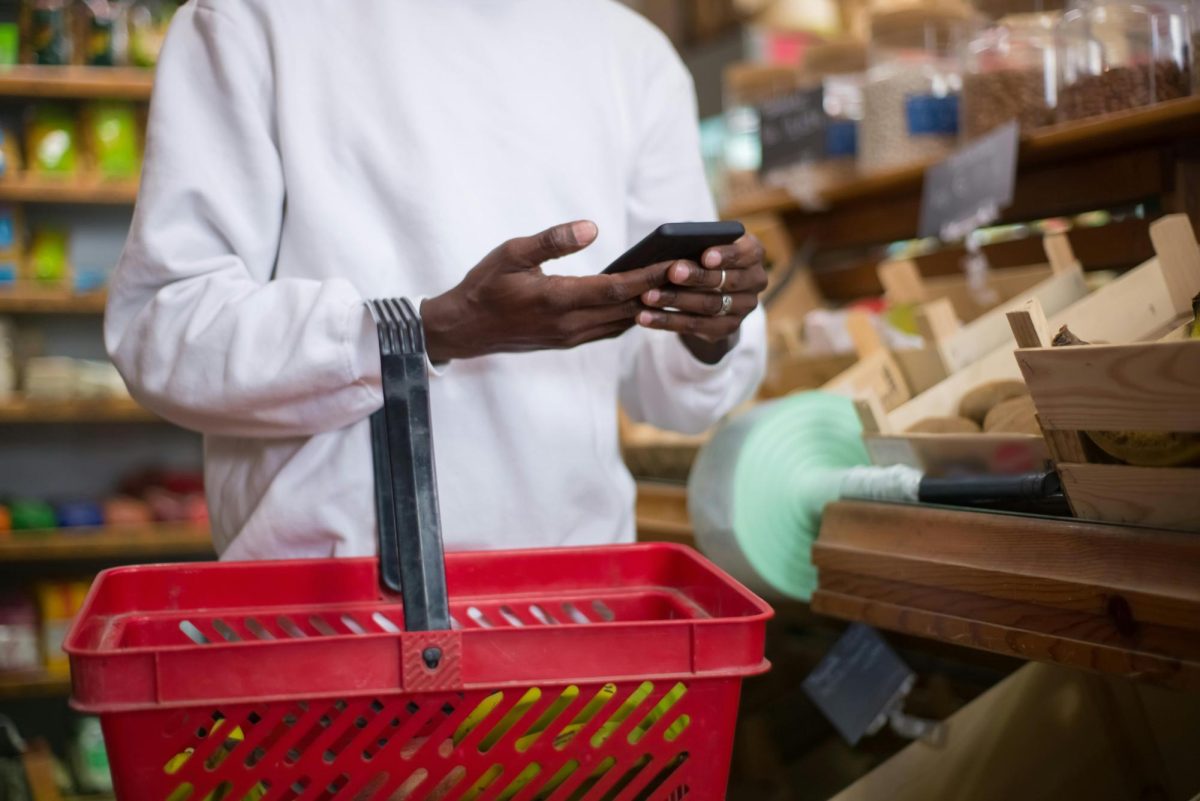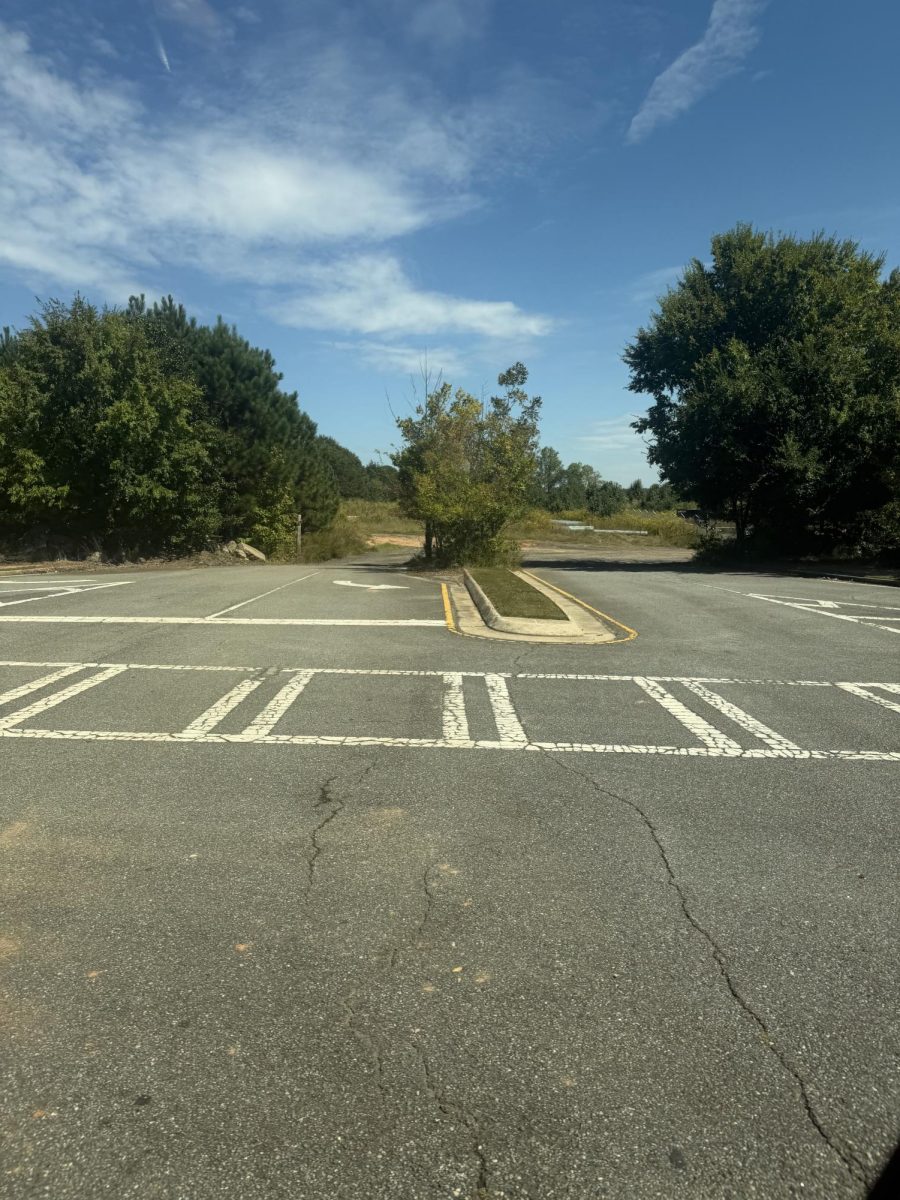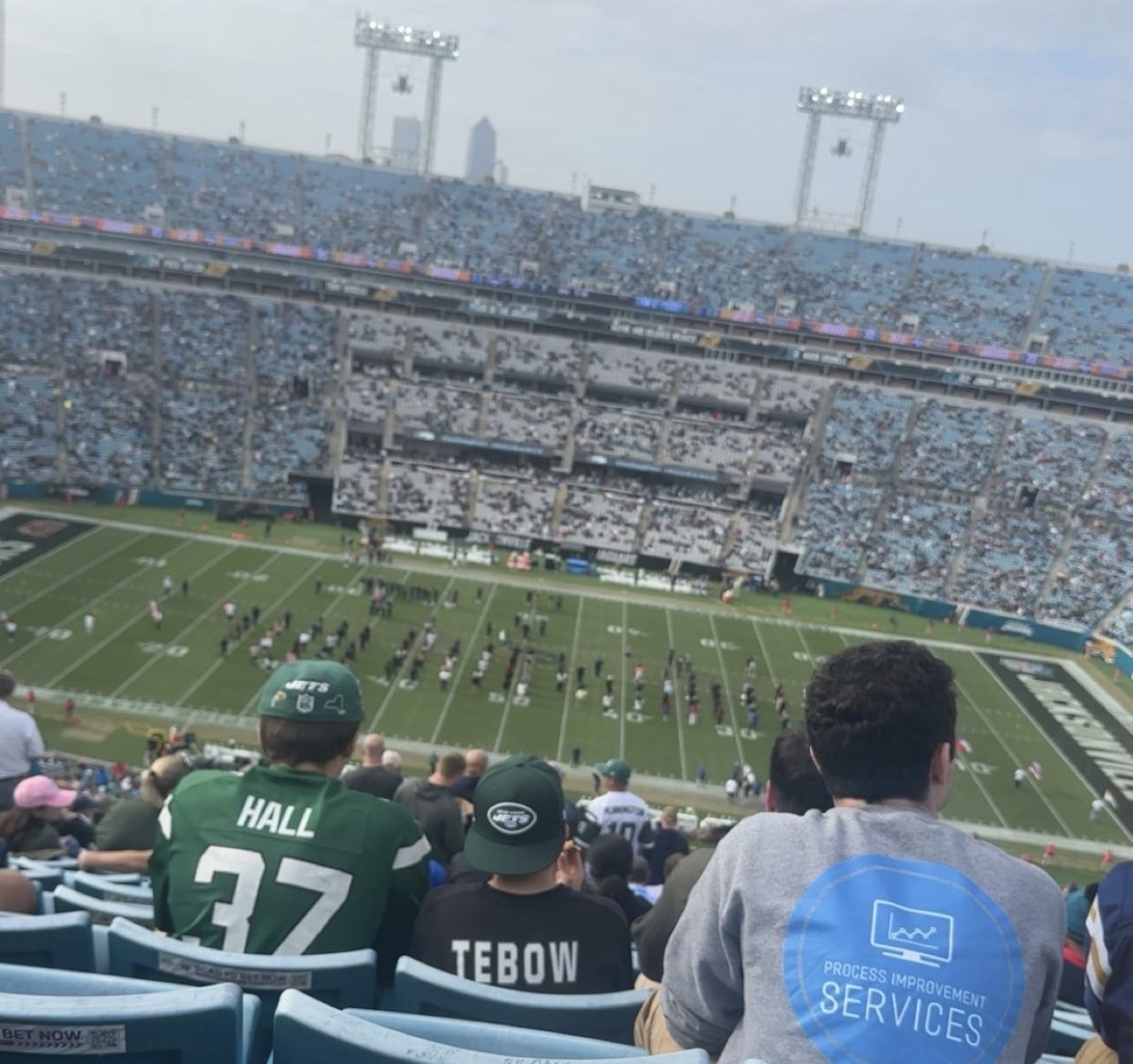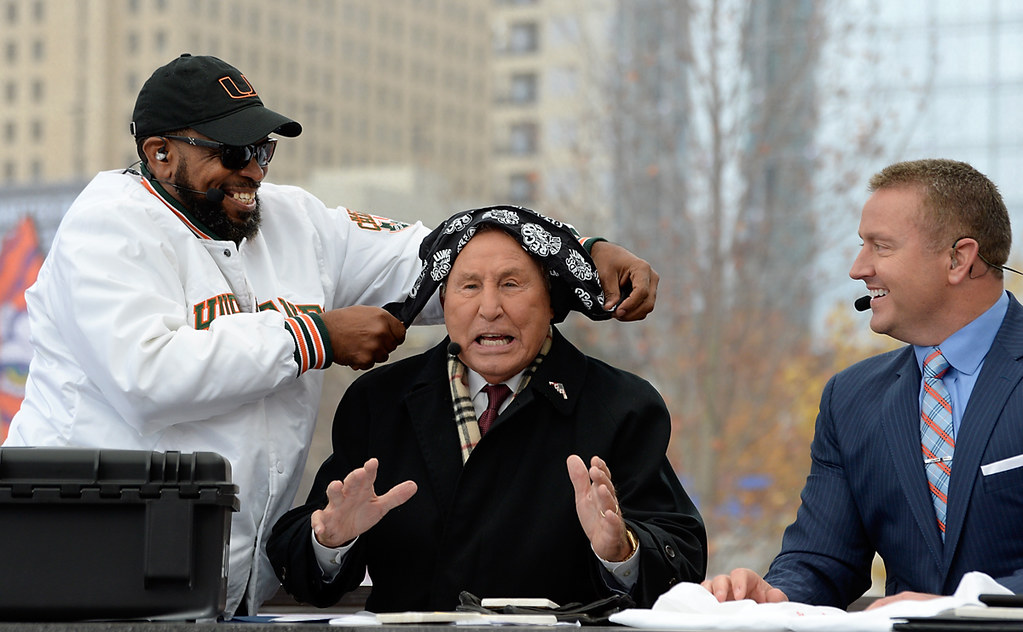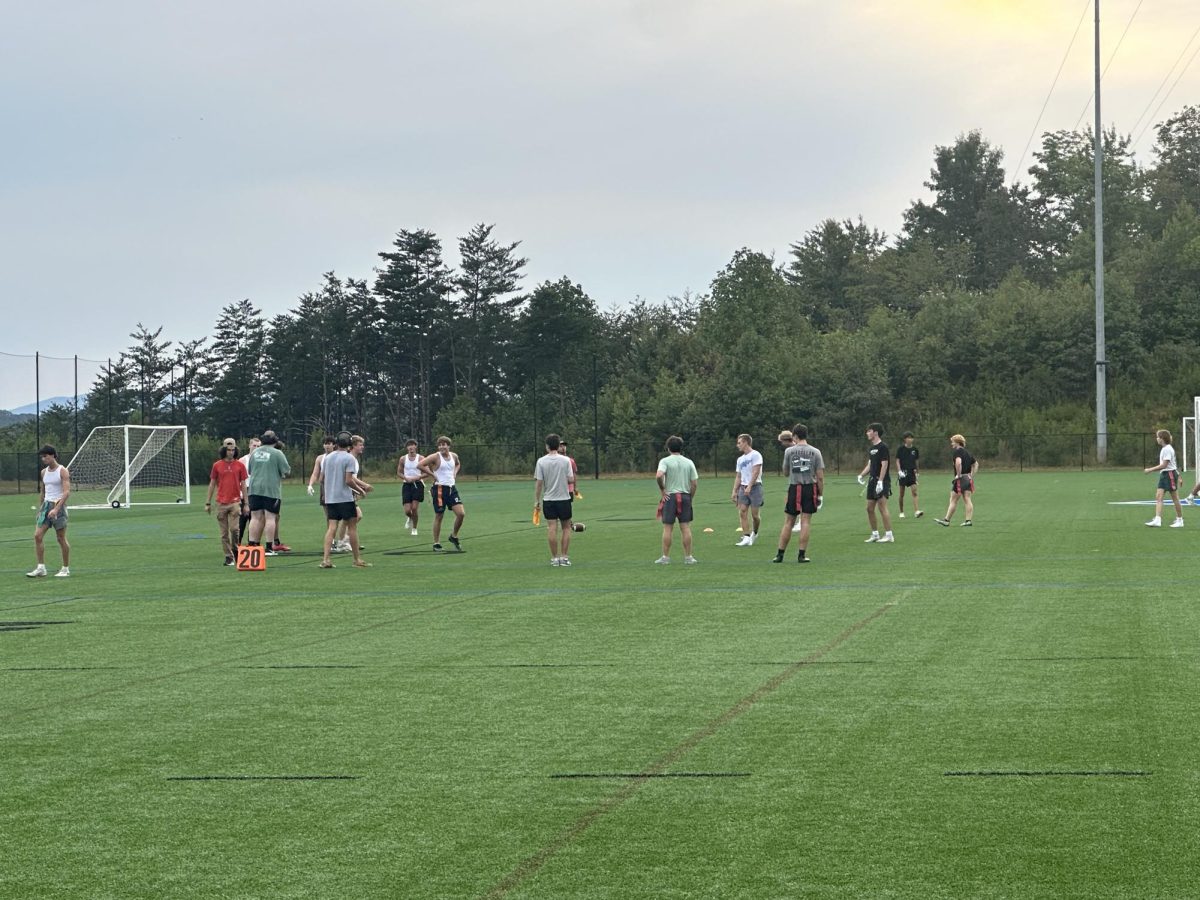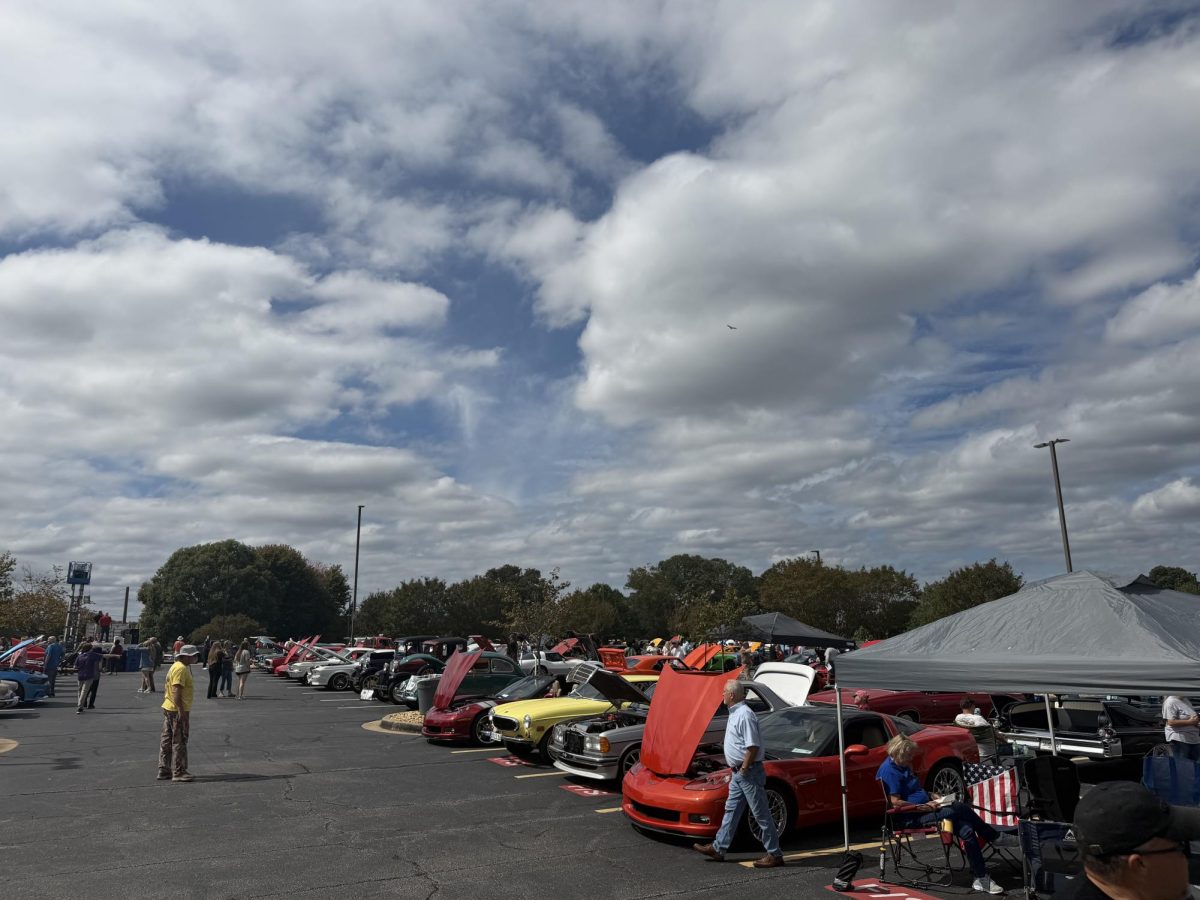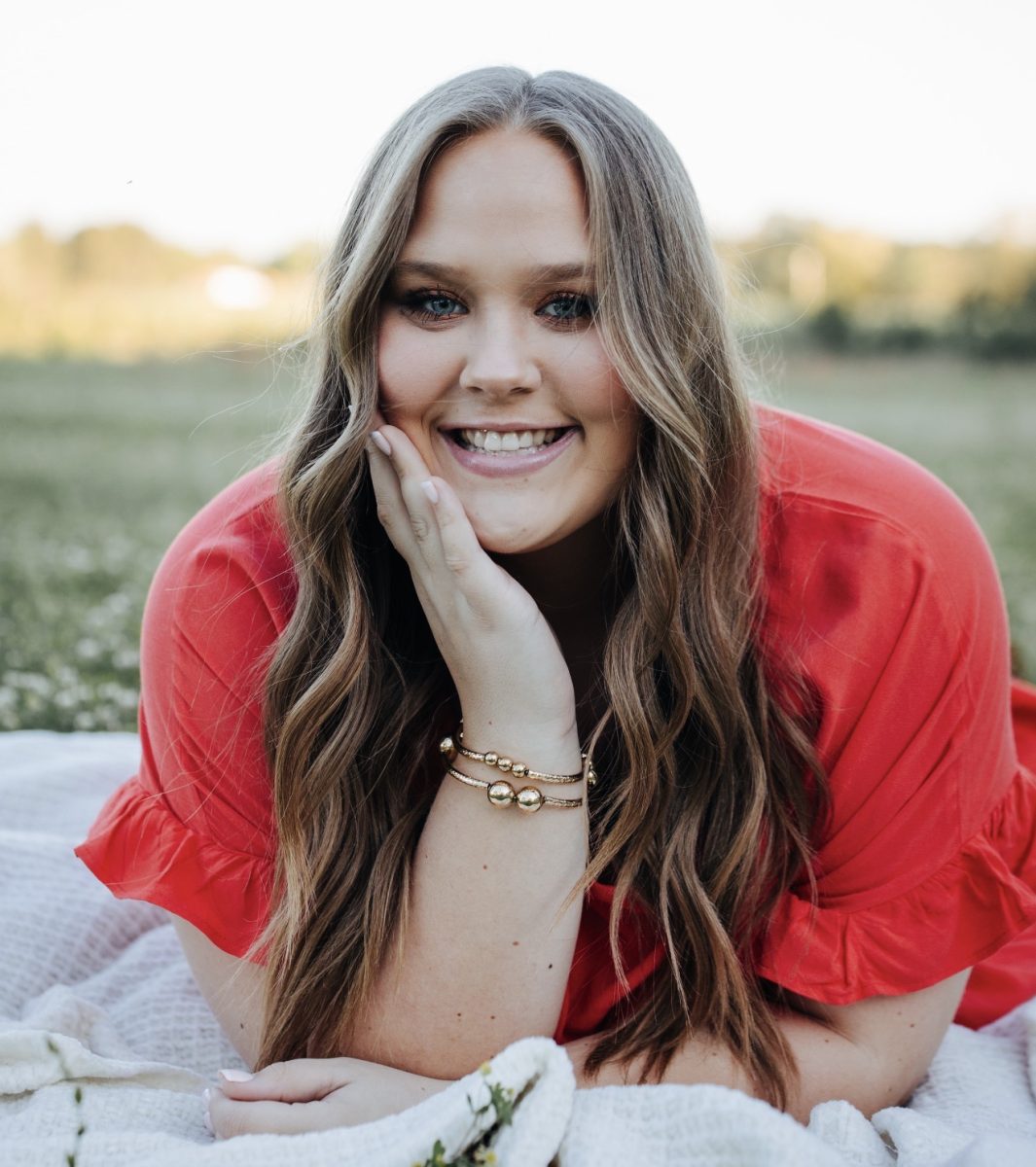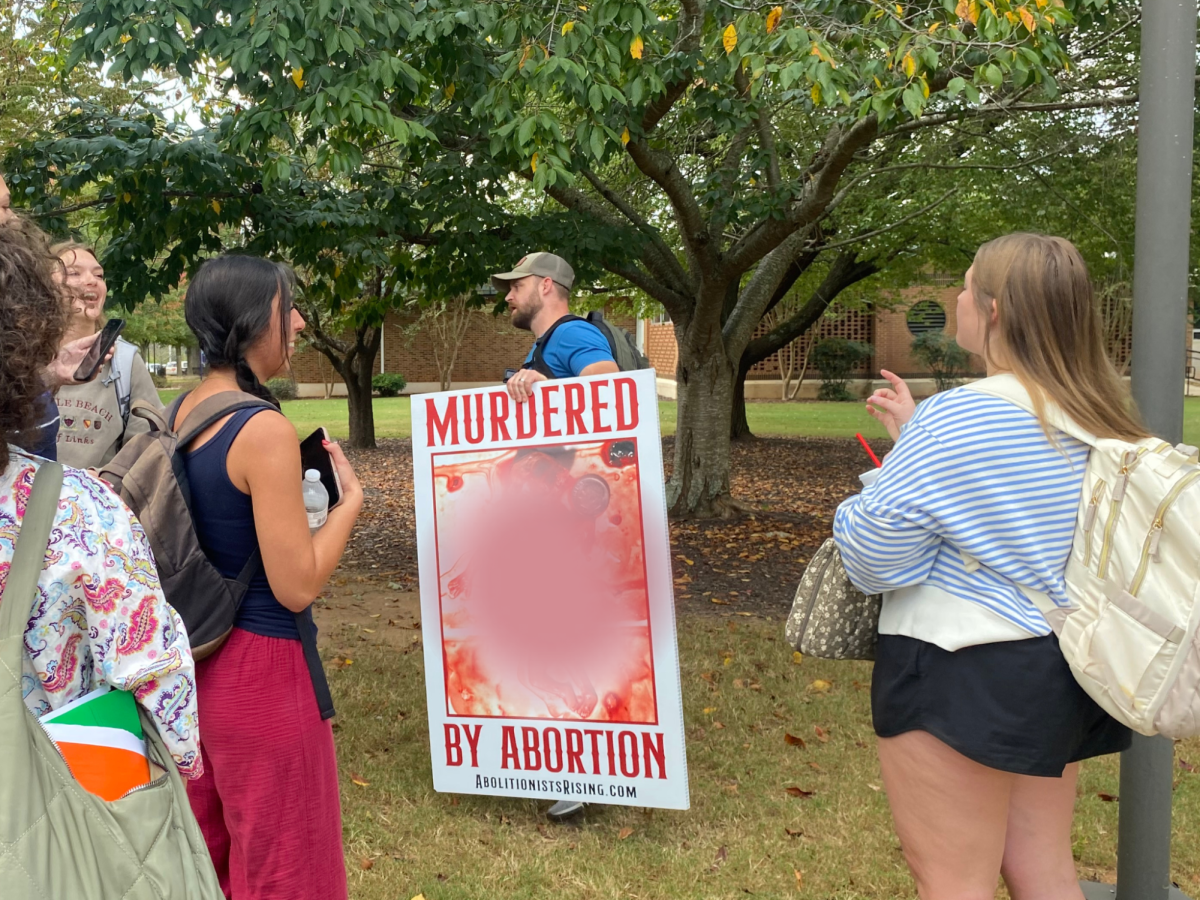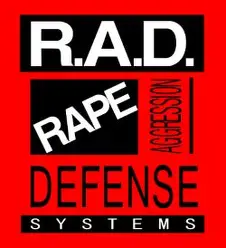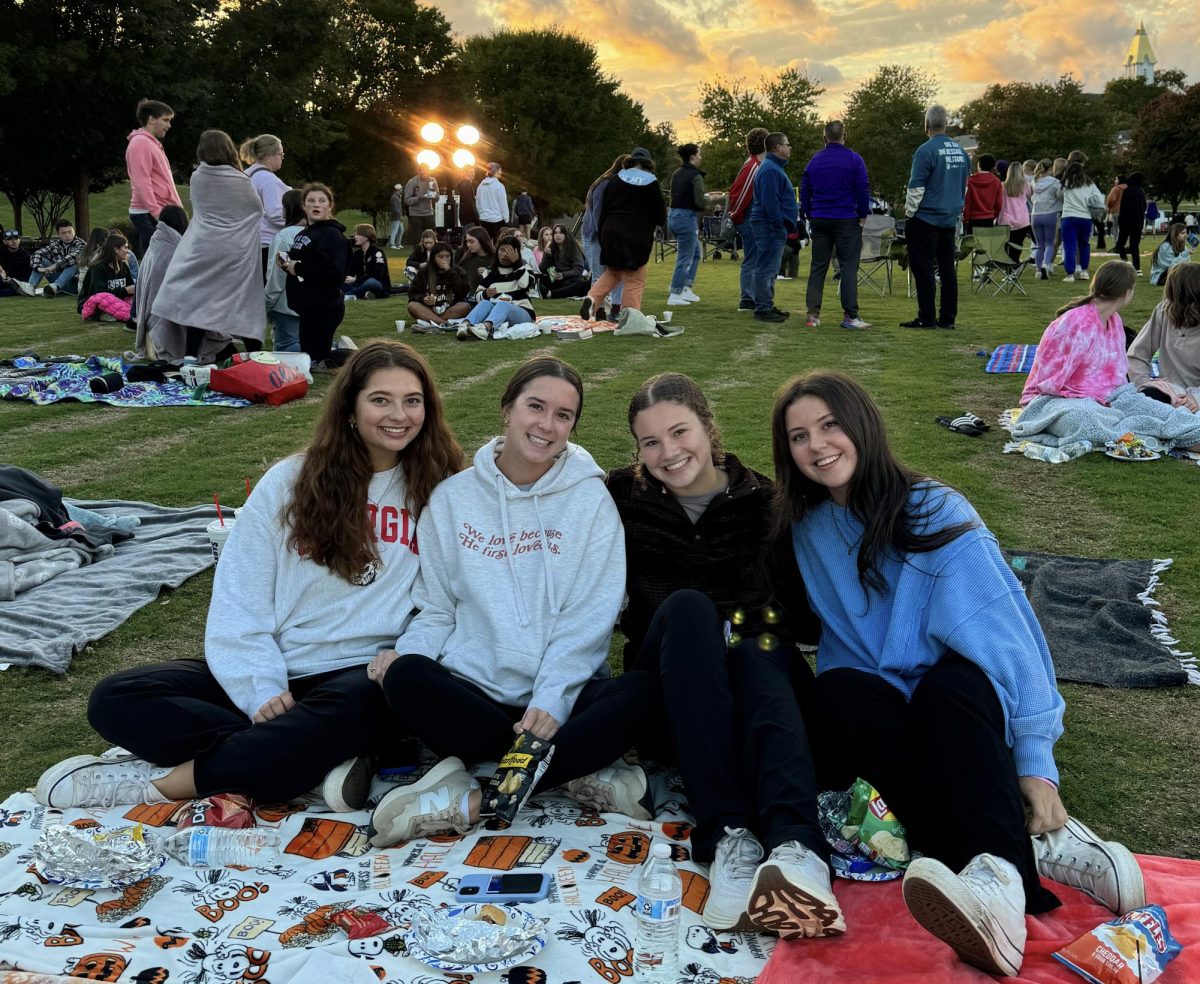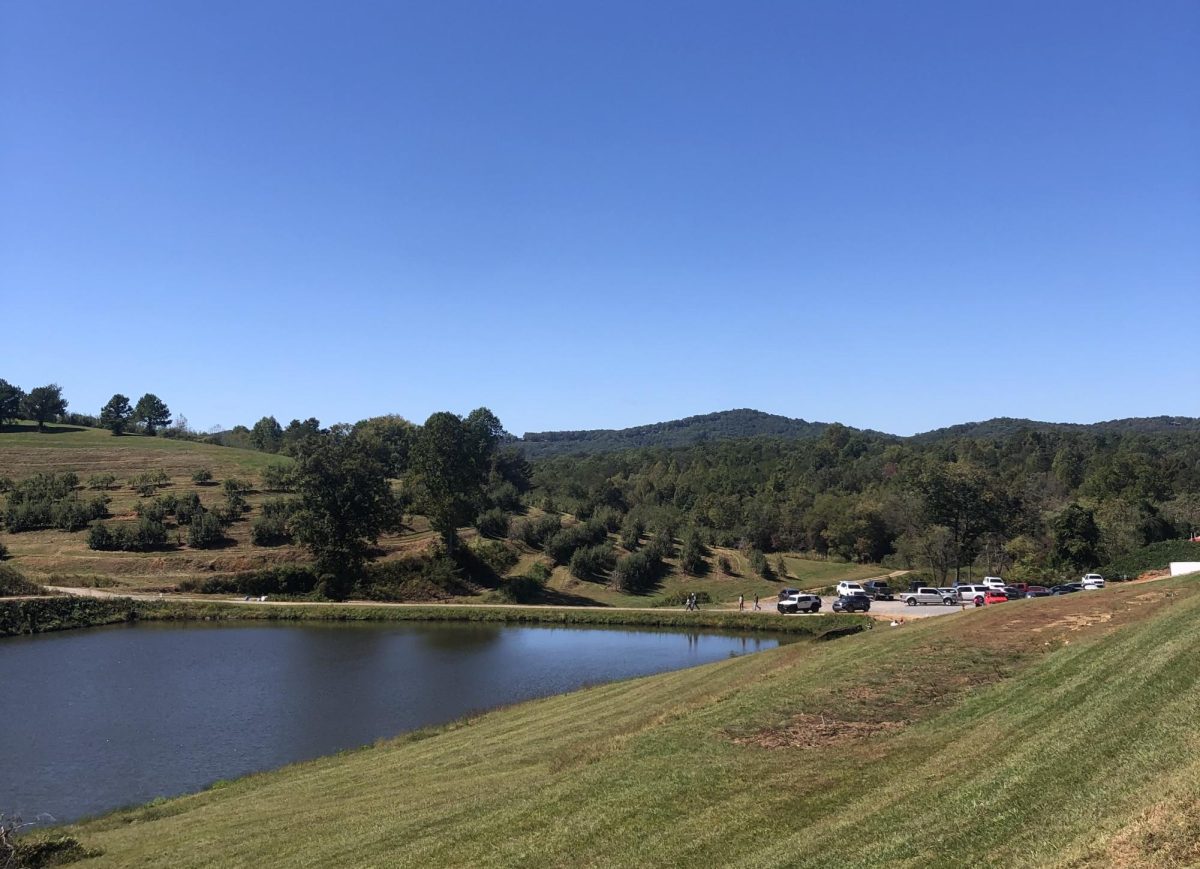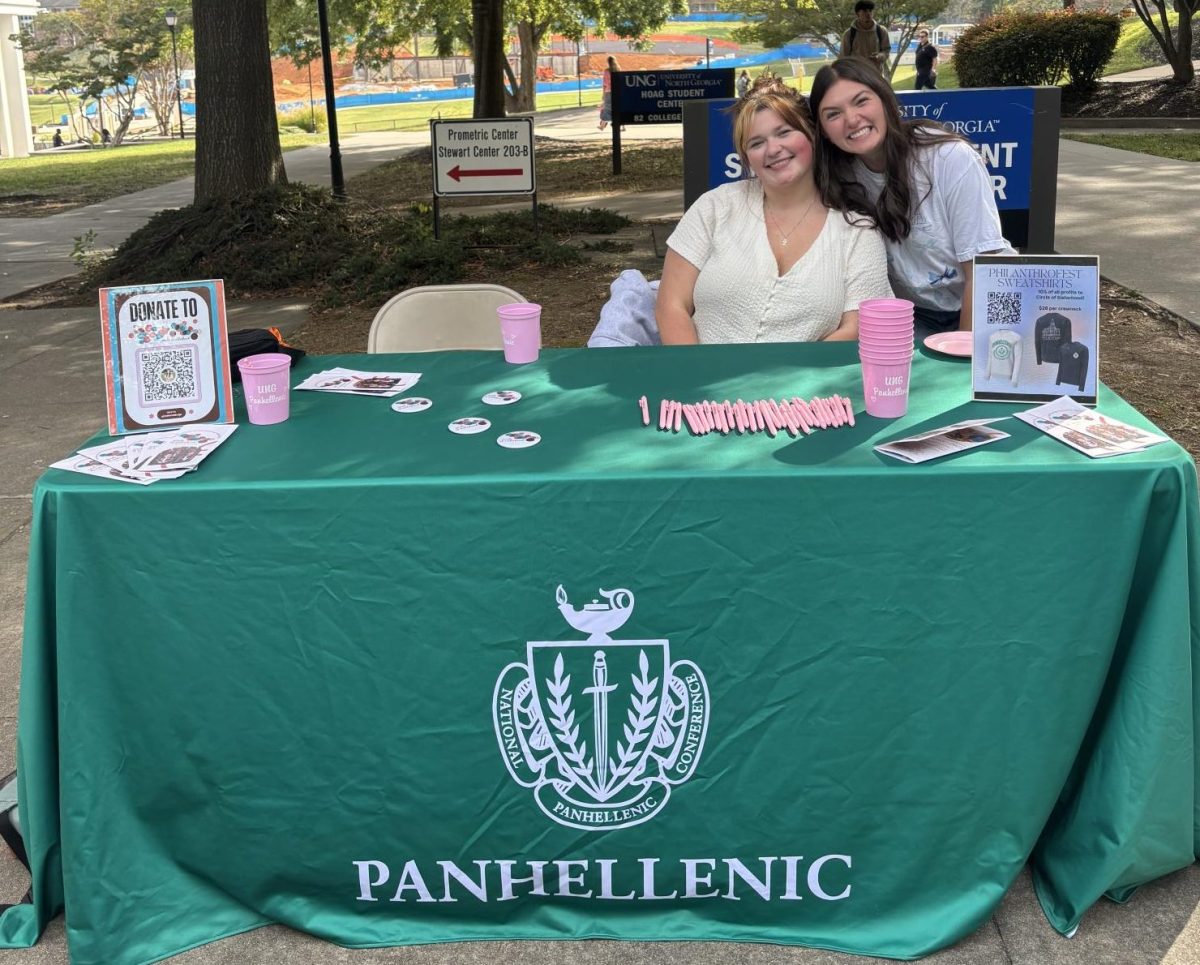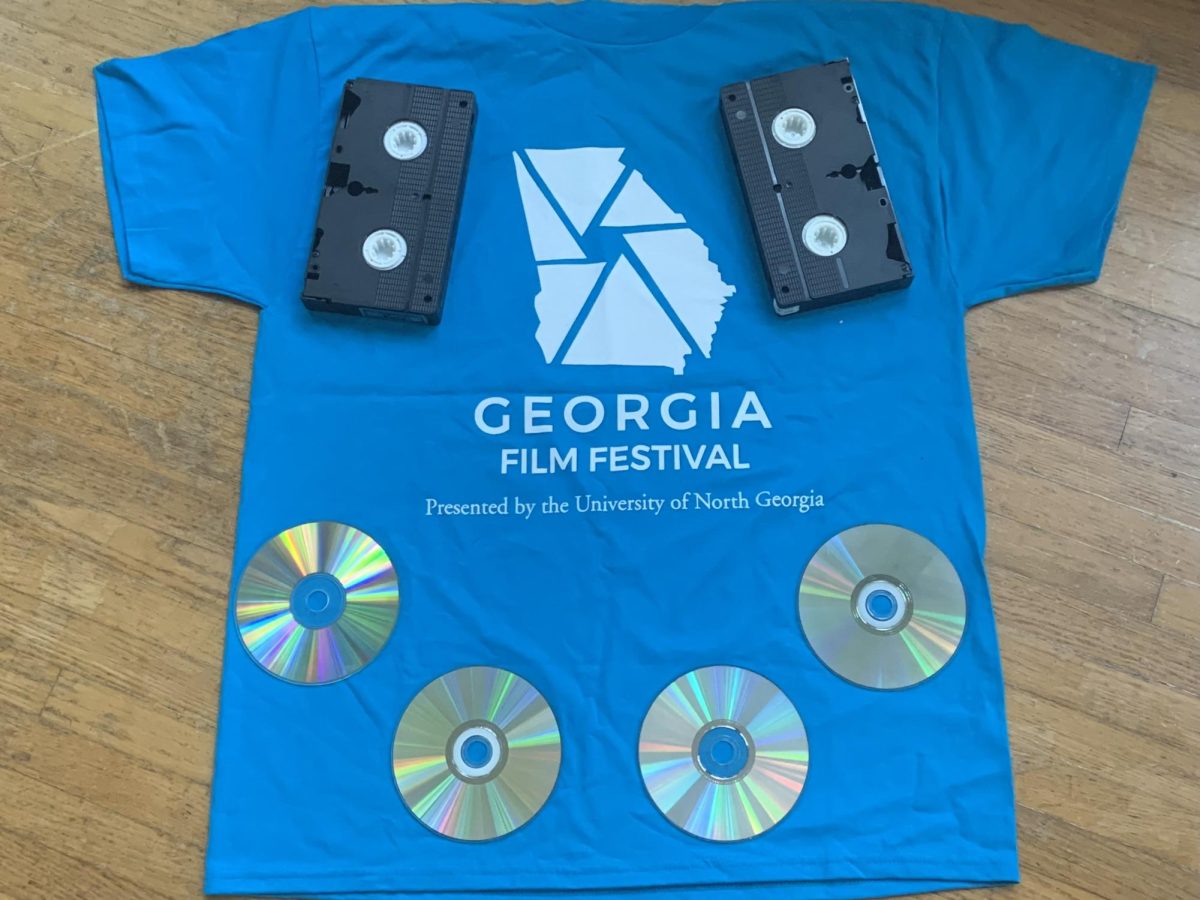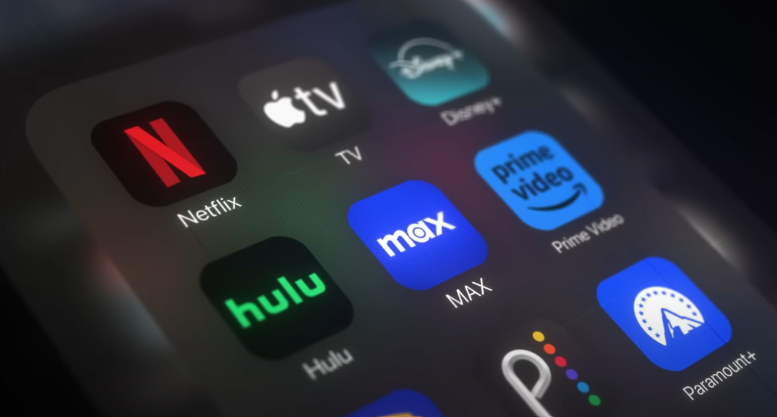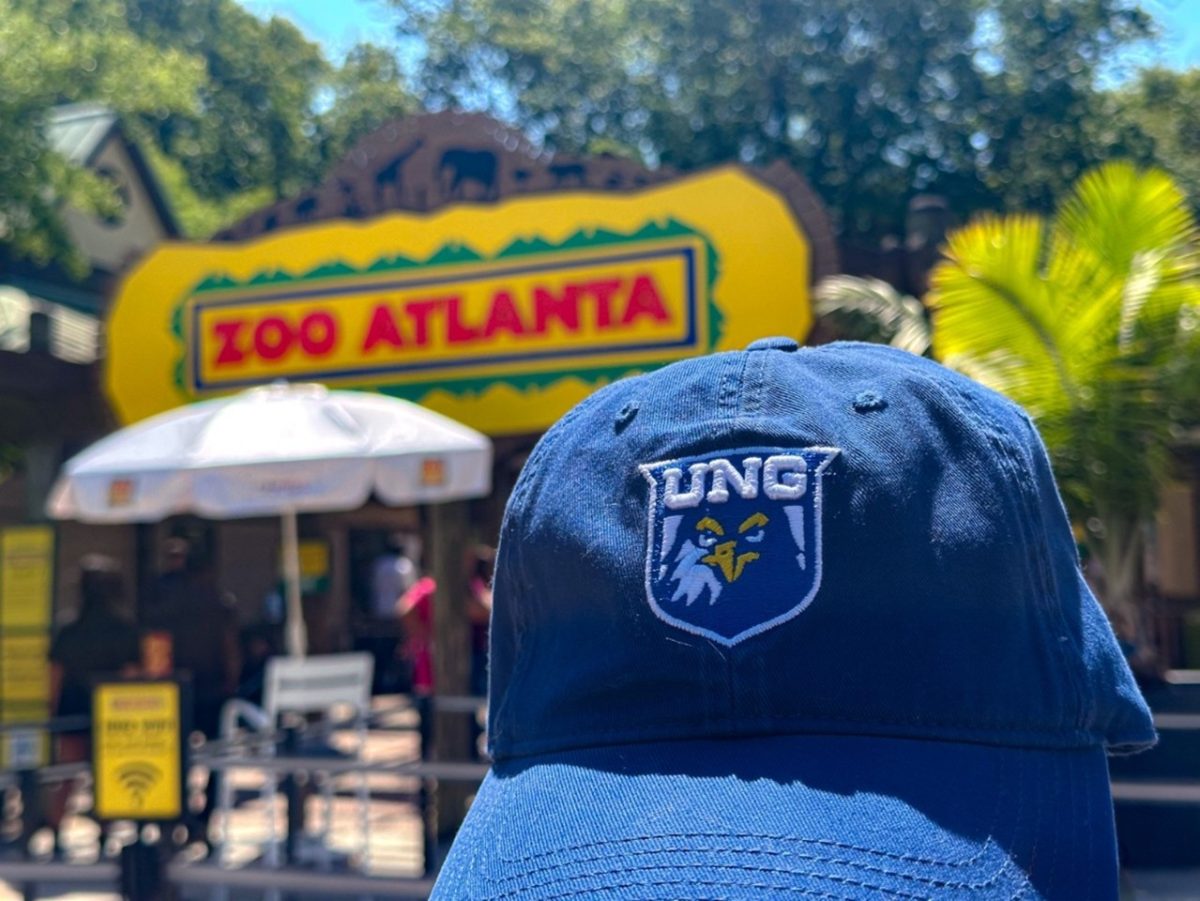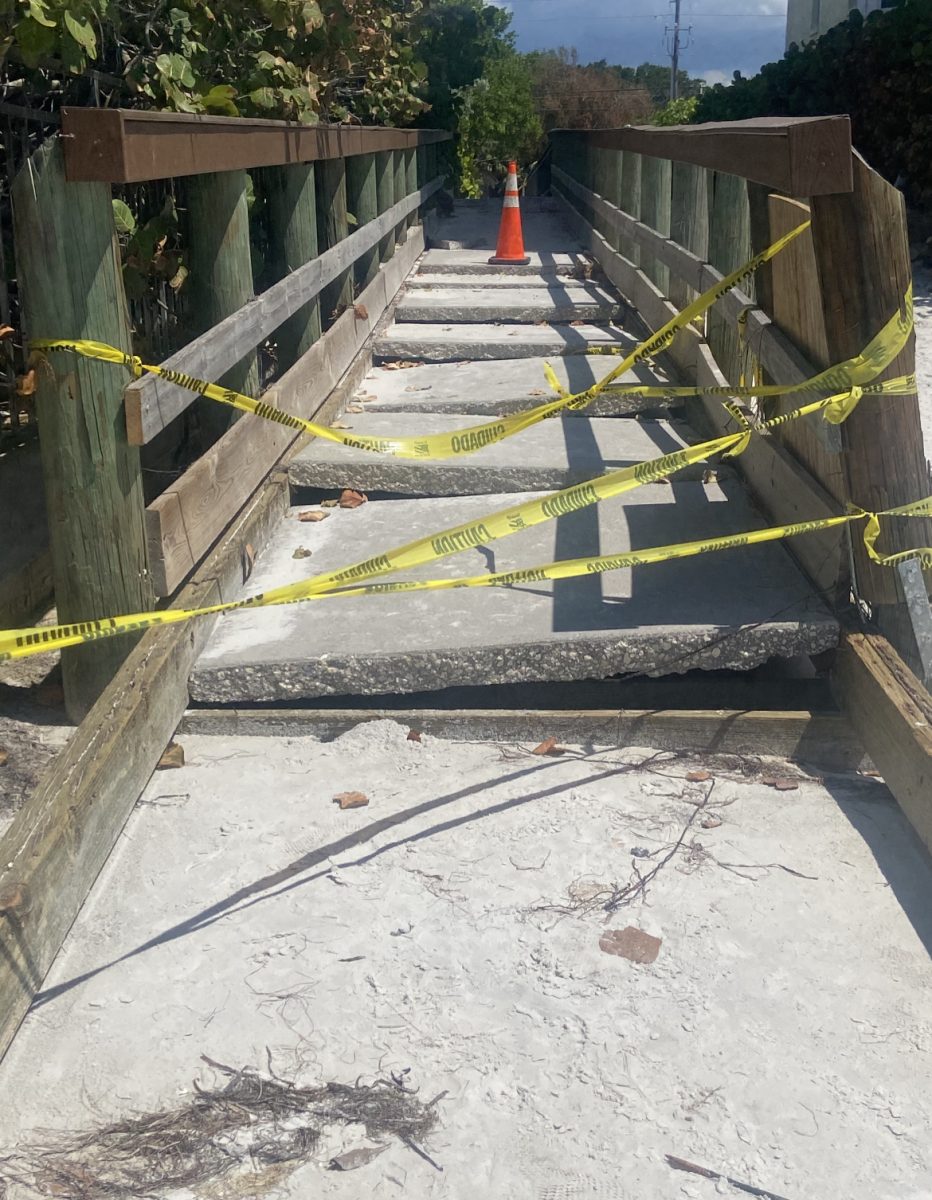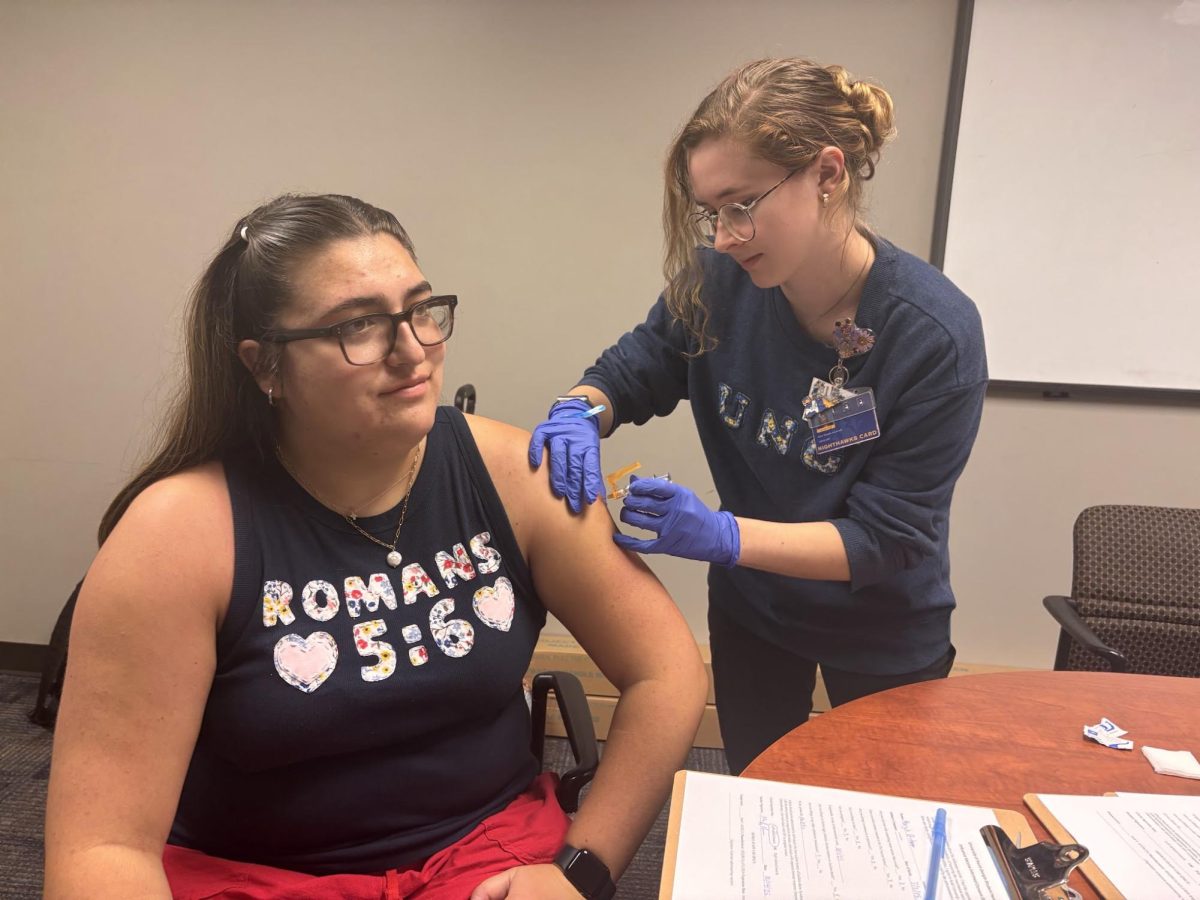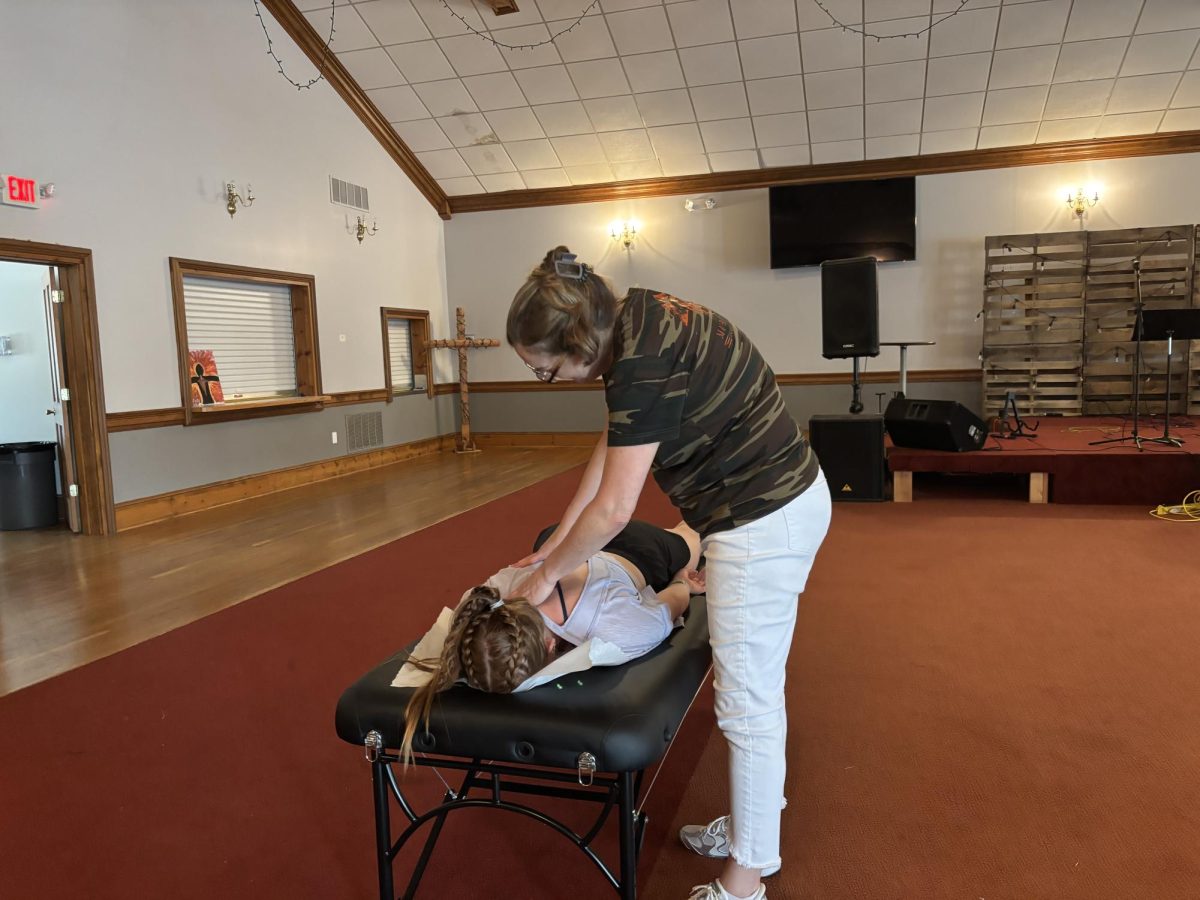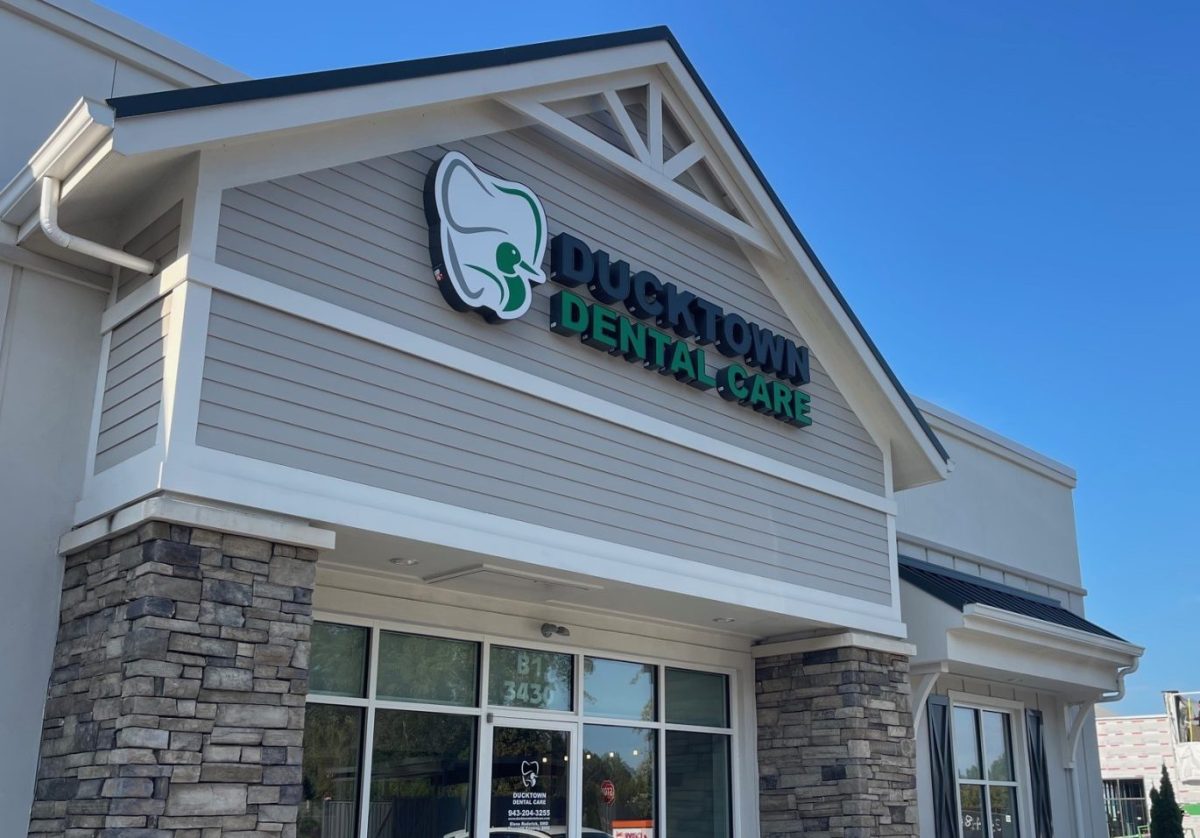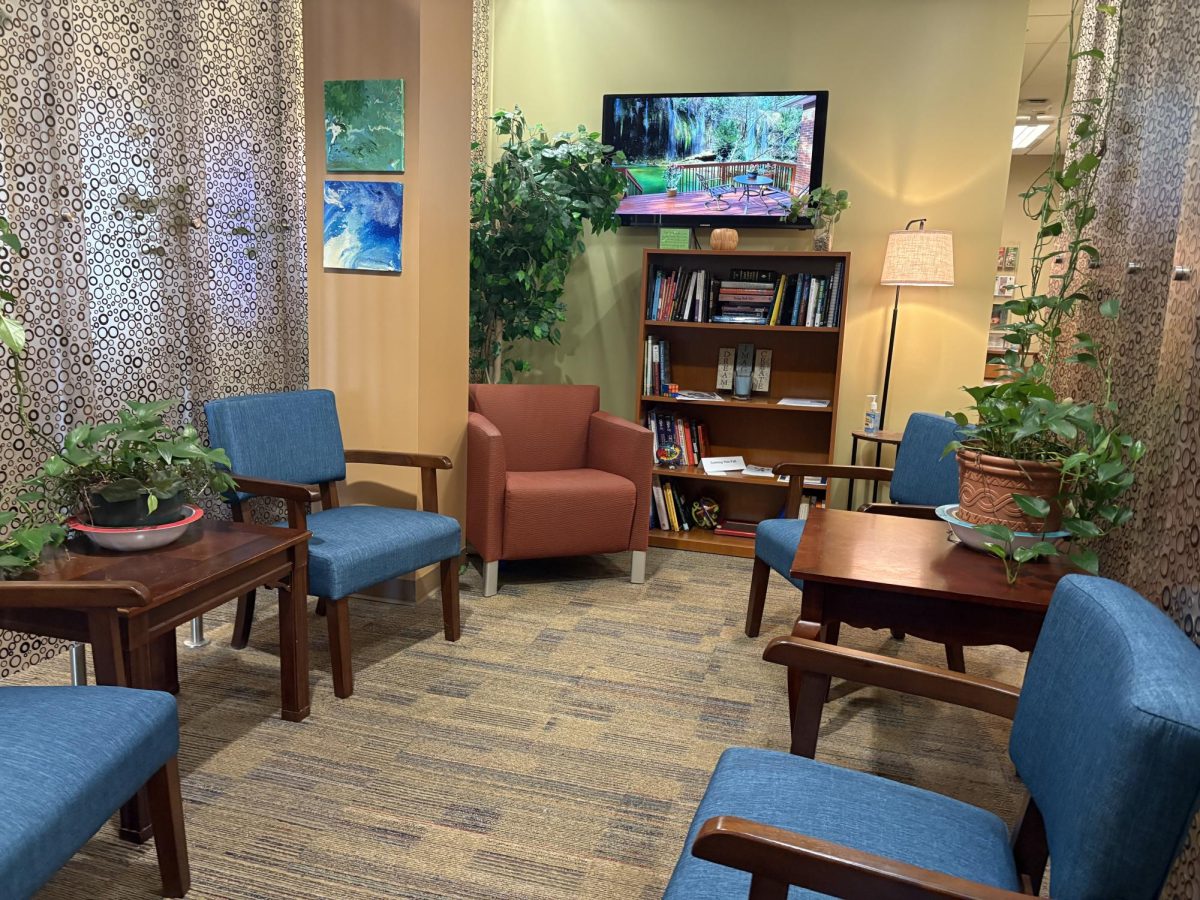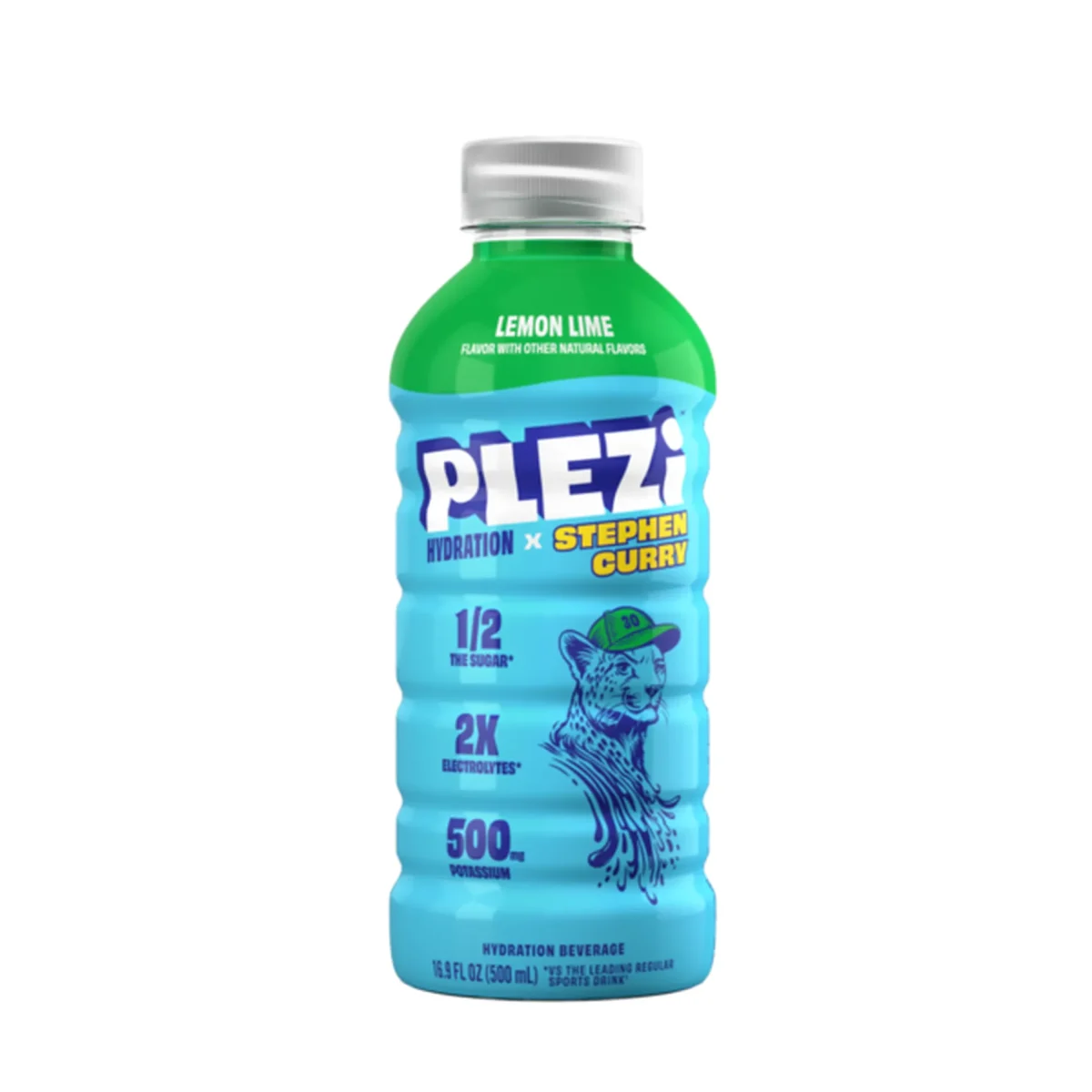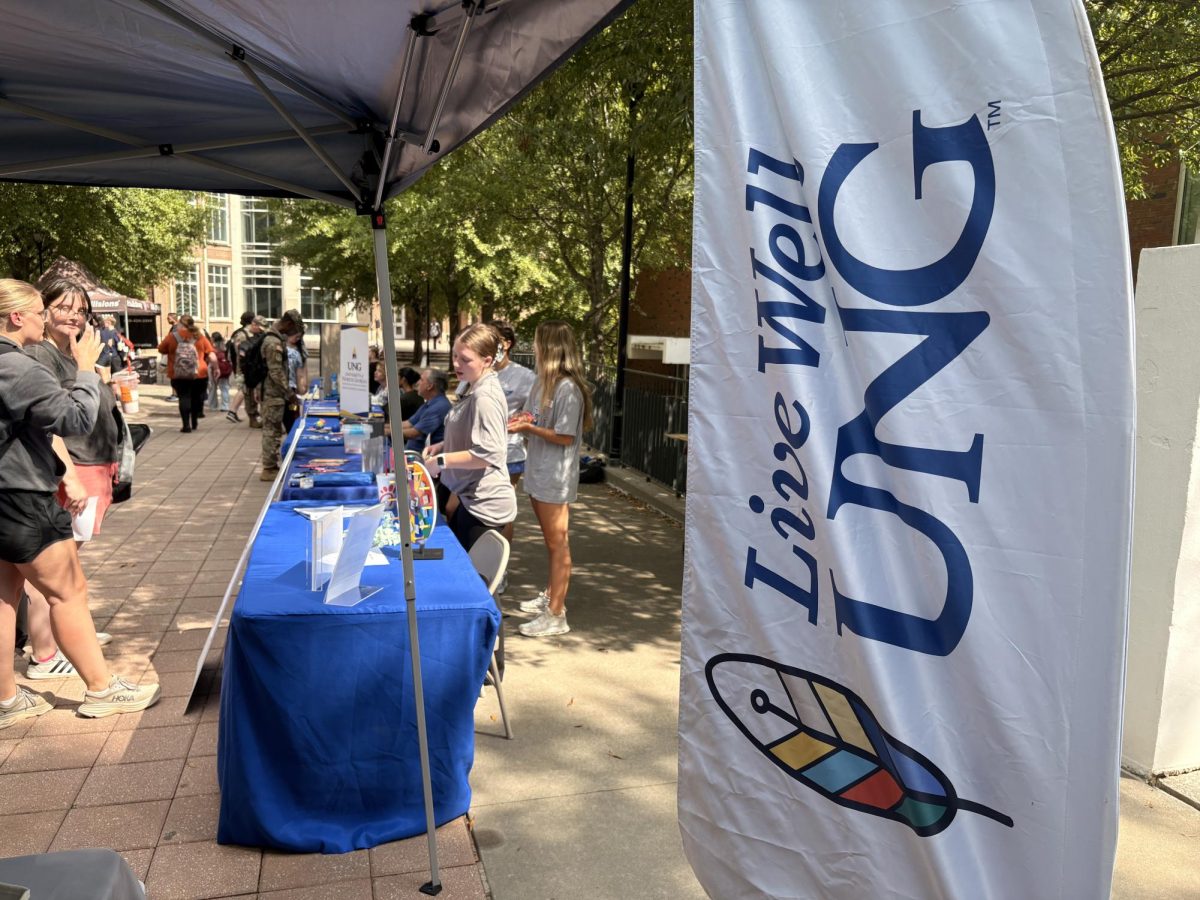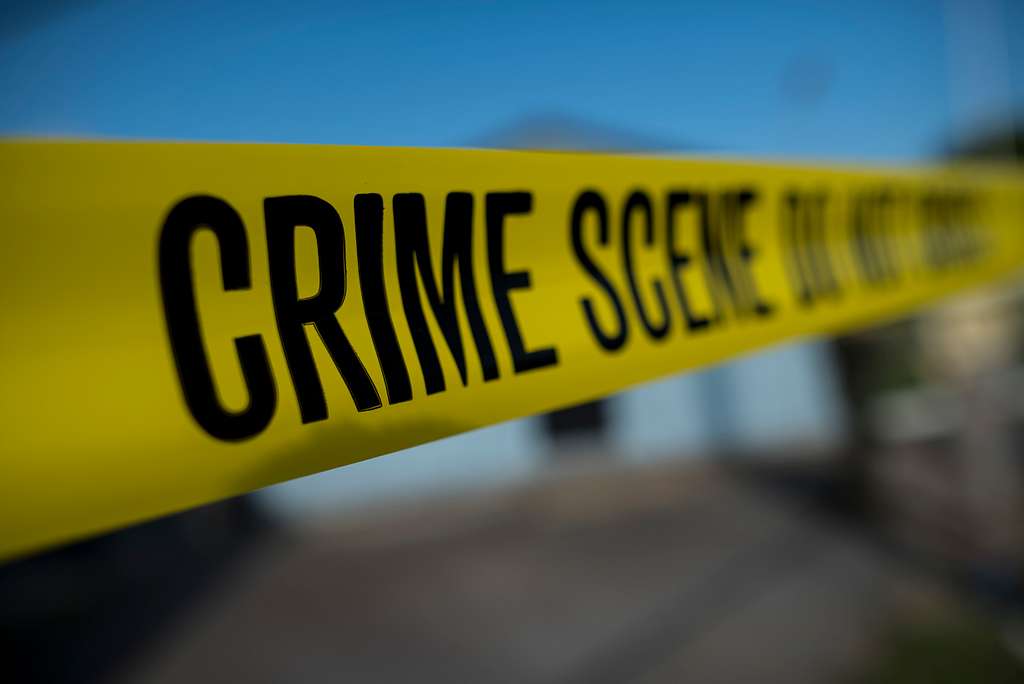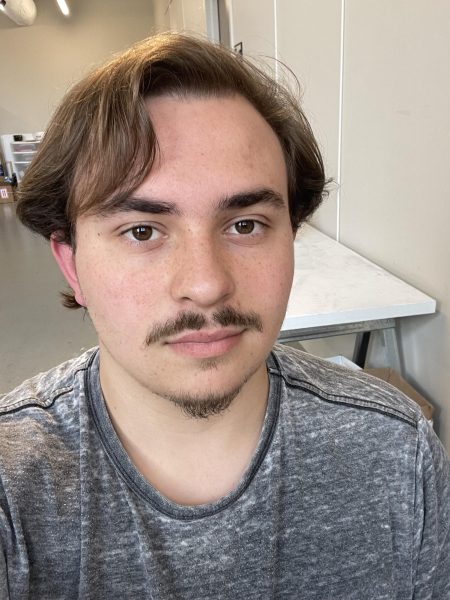In the early morning of Wednesday, Aug. 30, Hurricane Idalia slammed into Florida’s Big Bend along the Gulf Coast. The category three hurricane lashed the beach of Keyton with windspeeds of up to 125 mph before rolling through southern portions of Georgia and the Carolinas as a tropical storm.
Indian Shores resident, Kim Emch, said that her town got hit by the edge of the hurricane, but went unscathed besides some cracked sidewalks and eroded beaches.
“…We had to cut some trees down, but nothing else other than that,” she said. “It went back to normal quickly.”
Others were not so lucky. Residents in all four impacted states saw damage from its wrath, with Florida’s Gulf Coast seeing the worst of it.
Cadet Sgt. Amanda Murray from the University of North Georgia, an Operational Specialist based out of Fort Eisenhower in Augusta explained that the main issue in Florida was regarding damage such as flooding, downed trees, and power lines.
Jerrica Williams, Regional Communication Manager for the American Red Cross of Georgia, gave details on damage seen in the worst-hit areas.
“Debris-lined streets frame communities hardest hit by Idalia’s 125 mph winds and dangerous storm surge. Many areas are still not safe for travel. Street flooding is still a challenge throughout counties in both Florida and Georgia. Downed live power lines, broken gas lines, contaminated water, and flooding of sewage treatment facilities pose daily risks” -Jerrica Williams, American Red Cross of Georgia Regional Communication Manager.
As of today, relief efforts have been ongoing to help those impacted by the hurricane.
Lanita Lloyd, an Emergency Disaster Services Director for the Salvation Army, has been helping lead clean-up efforts in some affected areas. “We offer food services… emotional and spiritual care, and supplies that people might need to clean up, as well as comfort kits,” she said.
Williams said that Red Cross Disaster Responders are working with local leaders and assessing residential damage firsthand to pinpoint and get quick help to the hardest hit areas. She explained that teams bring services such as meals and clean-up kits to communities to help start recovery efforts.
The Florida National Guard has also mobilized to take part in clean-up efforts.
Murray explained that their main job is to “support first responders in their relief efforts, whether it’s clearing damage from roads or helping find survivors.”
The 53rd Infantry Brigade Combat Team, the largest unit in Florida, followed this by assisting in route clearance, search and rescue, traffic control, and area security.
Lloyd said that the Salvation Army is “always looking for strong hands to volunteer,” referring to how other communities can help. In addition, she explained that donations are always an option.
“The best way to help is to give… The money helps us provide supplies and aid needed by the disaster survivors.” – Lanita Lloyd, Salvation Army Emergency Disaster Services Director.
You can access first aid classes, enlist in the National Guard, and volunteer through organizations.
To Donate:
Red Cross: Call (800-733-2767) or visit redcross.org
Salvation Army: Call (1-800-SAL-ARMY) or visit helpsalvationarmy.org

